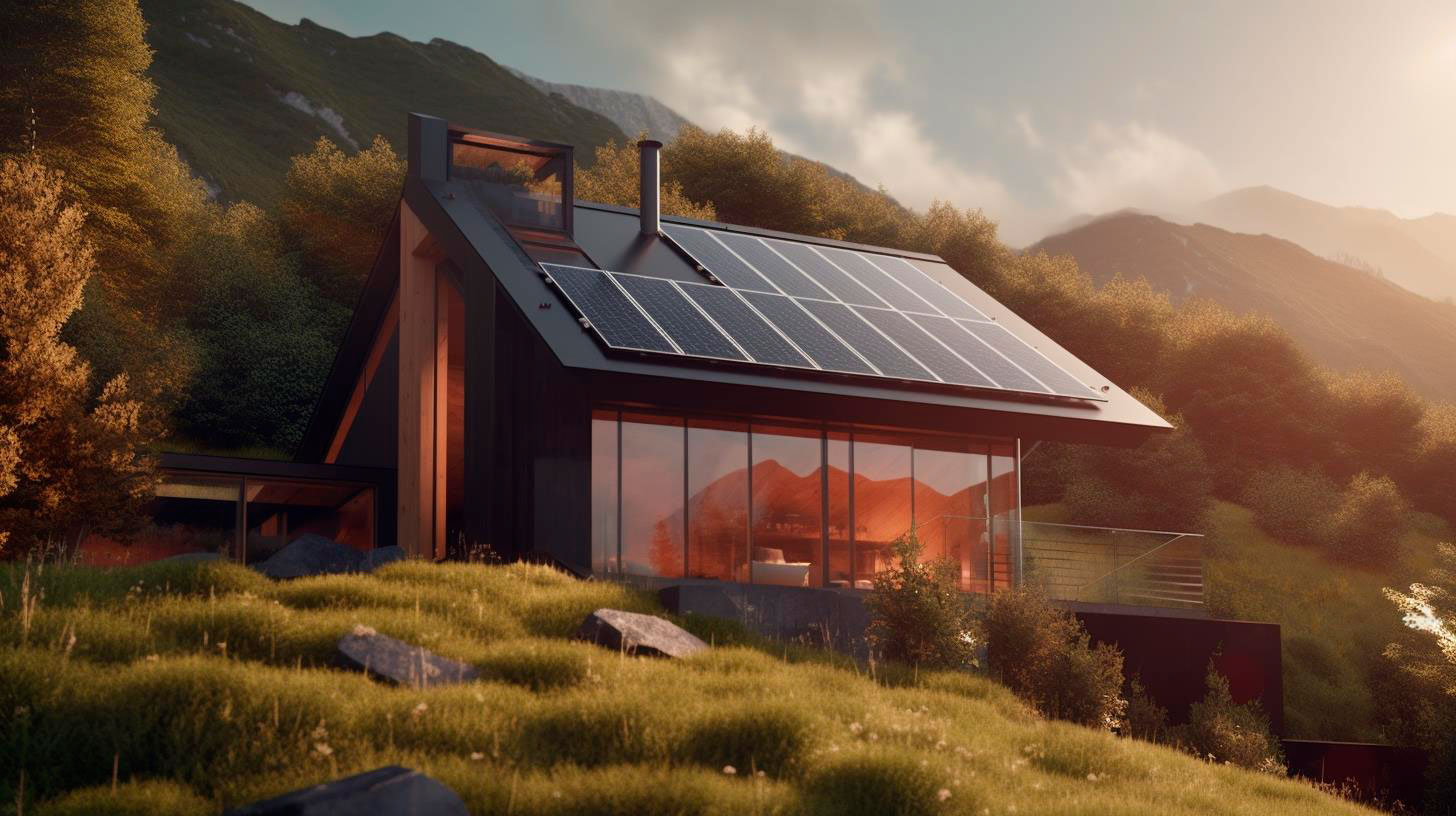A Brighter Tomorrow: The Growing Importance of Energy-efficient Lighting
Not only do these lighting options help reduce carbon emissions, but they also offer significant benefits to both individuals and the environment. In this article, we dive into the growing importance of energy-efficient lighting and explore its advantages and key takeaways for a brighter tomorrow.
The Need for Energy-efficient Lighting
With the rising global demand for lighting, it’s imperative to address the environmental impact of traditional lighting methods. Incandescent bulbs, for example, are highly inefficient, converting less than 5% of the energy they consume into visible light. The majority of energy is wasted as heat, contributing to increased energy consumption and greenhouse gas emissions.
Energy-efficient lighting, on the other hand, uses advanced technology to produce light while minimizing energy consumption. These lighting options not only reduce greenhouse gas emissions but also offer several advantages worth considering.
Advantages of Energy-efficient Lighting
- Energy Savings: Energy-efficient lighting products use up to 80% less energy than traditional lighting options, resulting in significant cost savings on electricity bills.
- Longer Lifespan: LED lights, for instance, have an average operational lifespan of around 50,000 hours, compared to incandescent bulbs that only last for approximately 1,000 hours. This longevity reduces the frequency of replacements, saving both money and resources.
- Better Quality Lighting: Energy-efficient lighting provides brighter, more vibrant and consistent light output, enhancing visibility and reducing eye strain.
- Reduced Heat Production: Unlike traditional lighting options, energy-efficient lights produce very little heat, making them safer to use and reducing the load on cooling systems in buildings.
- Environmentally Friendly: By reducing energy consumption, energy-efficient lighting significantly lowers greenhouse gas emissions, helping combat climate change and promote sustainability.
Key Takeaways
Energy-efficient lighting offers numerous advantages, including significant energy savings, longer lifespans, improved lighting quality, reduced heat production, and environmental friendliness.
LED lights are one of the most popular and energy-efficient lighting options available, with longer operational lifespans and minimal energy consumption.
Sustainable lighting choices not only benefit individuals and businesses through cost savings but also contribute to a greener and more sustainable future.
In conclusion, the growing importance of energy-efficient lighting cannot be overstated. By adopting these sustainable lighting solutions, we can reduce energy consumption, lower greenhouse gas emissions, and pave the way for a brighter and more sustainable tomorrow. It’s crucial for individuals, businesses, and industries to embrace energy efficiency and make conscientious choices when it comes to lighting. Let’s continue to explore, innovate, and implement energy-efficient lighting solutions for a greener planet.
For more information on energy-efficient lighting solutions, visit the U.S. Department of Energy website.
